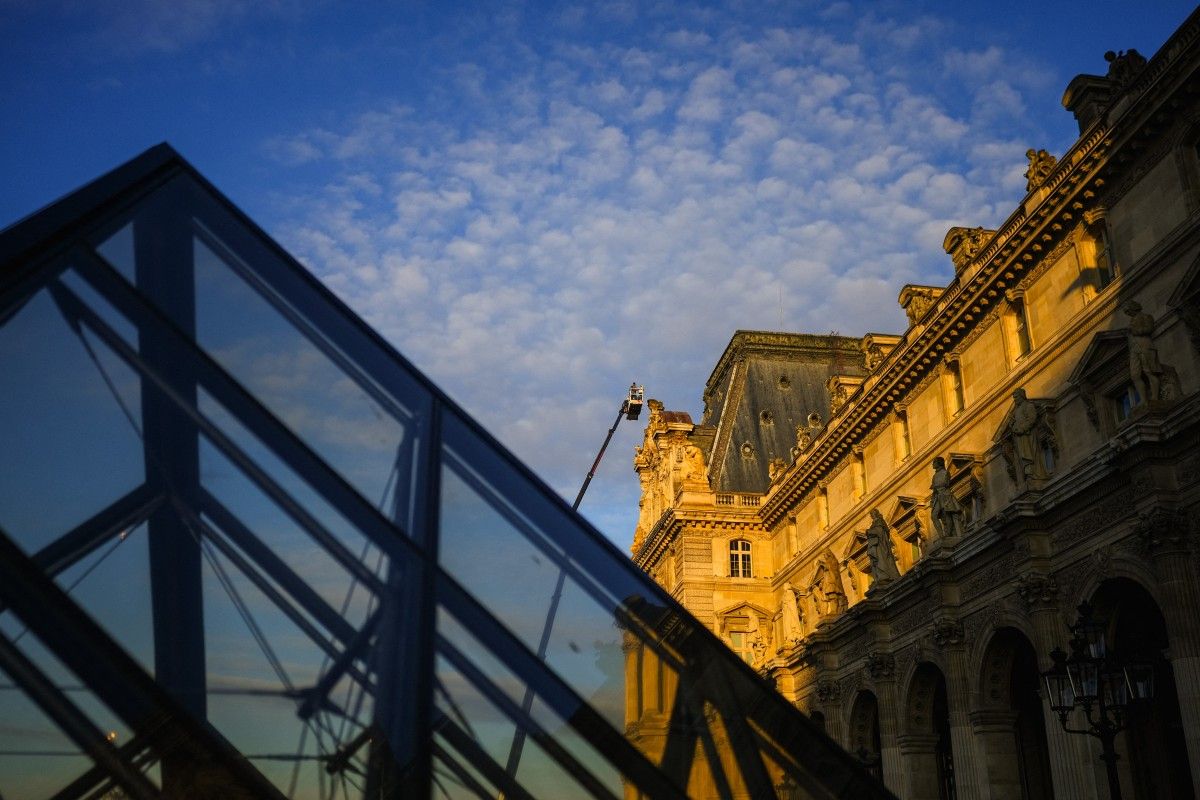
Facing surging tourism, climate challenges, and digital transformation, major museums like the Louvre and the Met are rethinking their spaces and collections. Through ambitious renovations, they aim to enhance sustainability, accessibility, and visitor experiences.
Inspired by the Louvre's upcoming renovation project, aimed at easing the crowding in front of the Mona Lisa, several leading museums are redesigning their spaces and collections to address the challenges of overtourism and climate change.
“In light of the surging tourism, security concerns, the climate emergency, and the digital revolution, our model is being shaken up. Internationally, our partners are also rethinking their spaces,” explains Laurence des Cars, director of the Louvre, who recently raised concerns about the institution's state of deterioration.
The Louvre remains the most visited museum in the world, attracting nearly 9 million visitors in 2024, 80% of whom are international tourists. It surpasses other renowned institutions, including the British Museum, the Vatican Museums, and the Met in New York.
The Louvre’s renovation plan, expected to be completed by 2031, includes a new entrance to ease congestion at the glass pyramid and an exhibition room dedicated to the Mona Lisa. Visitors will need an additional ticket for this exclusive access. Approximately 80% of the museum's 30,000 daily visitors—restricted by a capacity limit—come specifically to see Leonardo da Vinci's masterpiece and, inevitably, to take selfies.
In Madrid, the Prado Museum (with 3.5 million visitors in 2024) tackled its overcrowding issues by staying open every day, which helps distribute visitor traffic. The Prado has also banned photography, citing the issue of repetitive photos in front of iconic works like Las Meninas by Velázquez or Bosch's The Garden of Earthly Delights.
Sustainable Materials
At the Louvre, which offers 70,000 square meters of exhibition space, the plan also involves a fully restructured visitor flow, improved infrastructure, and newly added galleries. The estimated cost ranges between 700 and 800 million euros over ten years, possibly reaching one billion euros, according to union estimates.
The French government has announced minimal financial support—160 million euros over 15 years—so the Louvre must rely on its own resources, including ticket sales, sponsorships, and its licensing agreements with Abu Dhabi. Starting in 2026, the museum will introduce higher ticket prices (30 euros) for non-EU visitors.
In London, where admission to permanent museum collections is free, but temporary exhibitions are ticketed, the National Gallery has embarked on significant renovations for its 200th anniversary. These include a redesigned entrance to better welcome its visitors (who exceeded 6 million annually before the pandemic and reached 4.2 million in 2023). A new research space and educational area are also part of the project.
This 85-million-pound program (101.6 million euros) aims to improve energy efficiency and make the museum more resilient to climate change impacts. Efforts include maximizing natural light, implementing natural ventilation where feasible, and sourcing sustainable materials.
In New York, the Met has seen a decline in visitor numbers since 2019. To reverse the trend, the museum has renovated its wing dedicated to 14th to 19th century masters—one of the world's largest European painting collections. Built in 1939 and last updated in the 1950s, the wing’s roof skylights were in poor condition.
A New Approach
The $150-million renovation took five years, featuring a chronological reorganization of collections illuminated by both natural light from restored skylights and energy-efficient LED fixtures. Rooms were also repainted, creating a refreshed environment, according to director Max Hollein.
Like other institutions aiming to attract younger, more diverse audiences, the Met has embraced a less Western-centric approach to its collections. Following additional renovations costing tens of millions of dollars, the museum plans to reopen a wing this spring that has housed African, Oceanic, and pre-colonial American art since 1932.
Last year, the Met highlighted the Harlem Renaissance, the first international modern art movement led by African American artists. The museum also embraced immersive experiences in 2023, presenting a fashion collection with CGI visuals, sponsored by TikTok, to coincide with its spring exhibition and high-profile gala.
For the first time in its history, the Louvre—which has long hosted fashion shows—recently opened an exhibition showcasing significant haute couture pieces.
With AFP




Comments